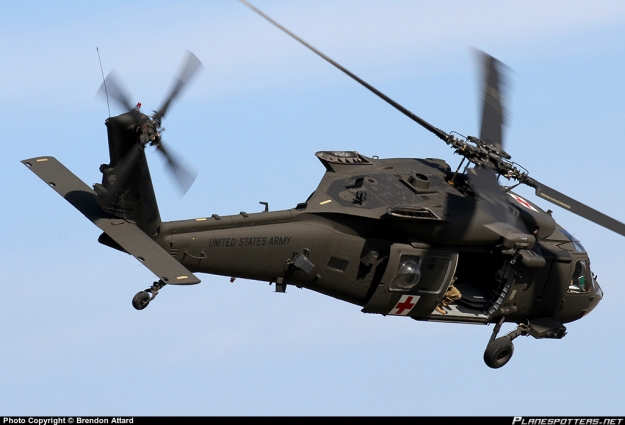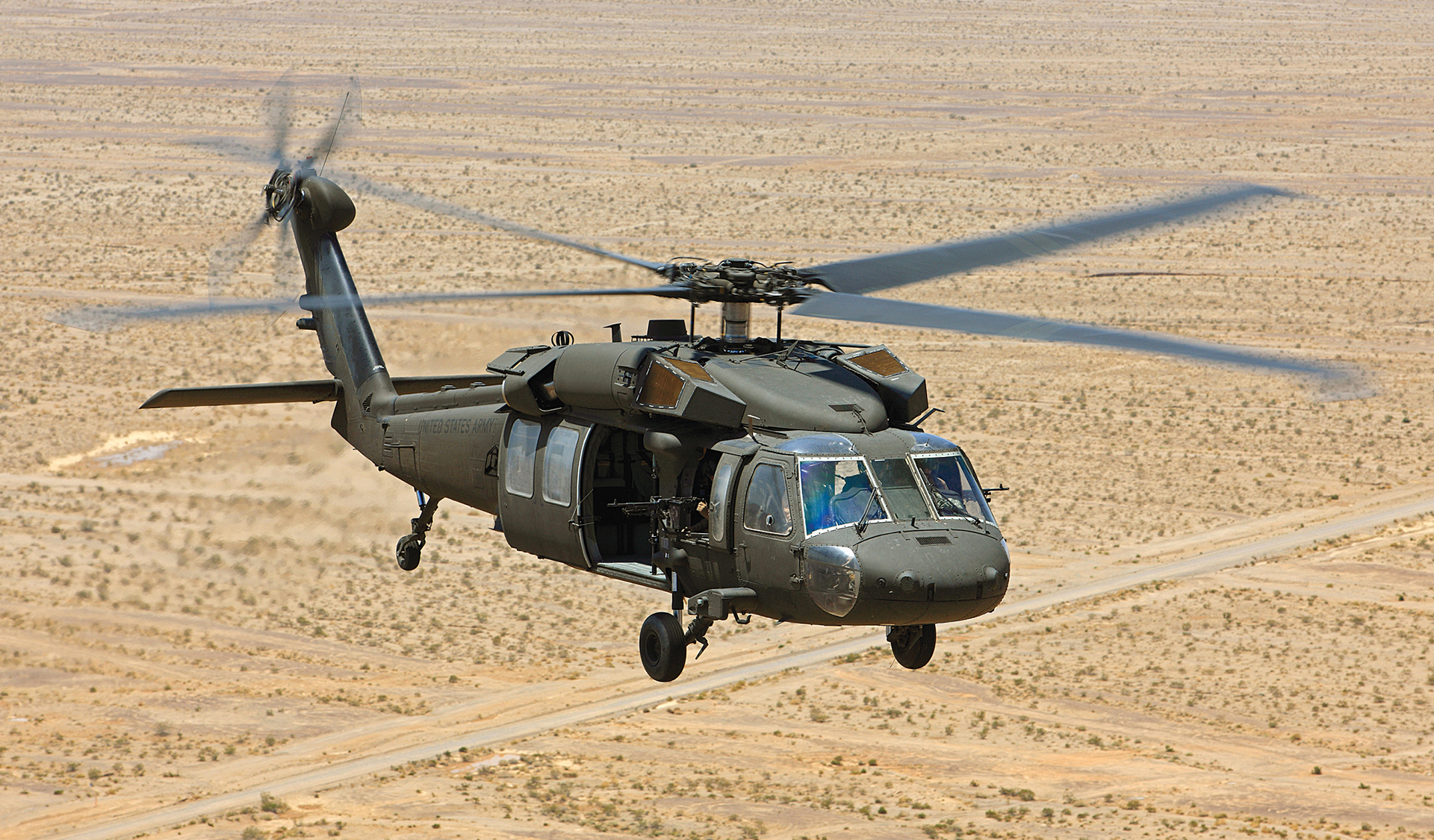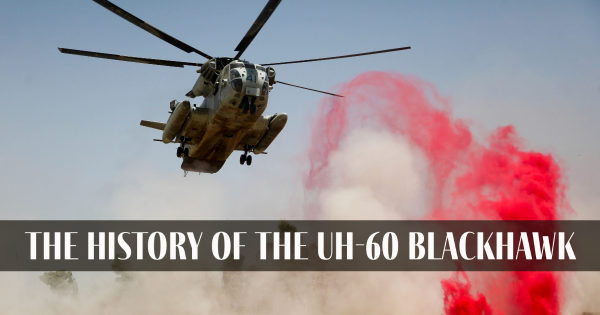Flying High: UH 60 Helicopter Safety And Security Protocols You Must Know
Flying High: UH 60 Helicopter Safety And Security Protocols You Must Know
Blog Article
Navigating Uh 60 Helicopter Rules and Compliance Requirements

Regulatory Structure Introduction
The regulatory framework governing UH-60 helicopter procedures incorporates a facility collection of policies and requirements developed by aeronautics authorities. These guidelines are created to make sure the reliable and risk-free operation of UH-60 helicopters in various atmospheres. The Federal Air Travel Administration (FAA) plays a main duty in establishing and imposing these policies, which cover a large range of operational facets, including airworthiness standards, pilot credentials, maintenance requirements, and functional procedures.
Compliance with these policies is essential for helicopter drivers to preserve the highest possible levels of safety and functional integrity. Failing to follow these guidelines can result in severe consequences, consisting of accidents, injuries, and governing sanctions. Helicopter operators need to remain informed regarding the most recent regulatory developments and make sure that their procedures are in full conformity with all relevant regulations and criteria.
Airworthiness Instructions and Evaluations
Among the regulatory framework governing UH-60 helicopter operations, an essential emphasis pushes conformity with Airworthiness Directives and performing detailed assessments to maintain security standards and functional dependability. Airworthiness Directives (Advertisements) are provided by aviation authorities to resolve harmful conditions in airplane, consisting of the UH-60 helicopter, and mandate details actions to be taken by drivers or proprietors. Compliance with ADs is mandatory, and failing to abide by these instructions can lead to serious repercussions, including grounding of the airplane.
Regular assessments are extremely important to making sure the airworthiness of UH-60 helicopters. These inspections incorporate a series of checks, from regular daily assessments performed by pilots before and after trips to more comprehensive arranged upkeep evaluations carried out by certified auto mechanics. In addition, special evaluations may be called for based upon particular problems or events. By adhering to a strict assessment routine, operators can discover and deal with possible issues quickly, consequently boosting the safety and reliability of UH-60 helicopter operations.
Pilot Credentials and Training

Pilot training for UH-60 helicopters is comprehensive and covers a wide variety of subjects, consisting of airplane systems, emergency situation procedures, navigation, and mission-specific training. Additionally, pilots undertake simulator training to practice numerous emergency situation try these out situations in a regulated setting. This training aids pilots create the required abilities to manage difficult circumstances successfully.


Moreover, recurring training and professional advancement are essential for UH-60 pilots to stay present with the current policies, innovation, and ideal practices. By buying pilot certifications and training, drivers can boost safety and security, maximize performance, and guarantee compliance with regulative demands in the procedure of UH-60 helicopters.
Functional Limitations and Needs
Pilot qualifications and training serve as the foundation for recognizing the functional constraints and needs linked with UH-60 helicopter procedures (uh 60). These functional constraints are placed in area to make certain the safety and security of the staff, travelers, and the aircraft itself. Operational restrictions may include factors such as weather condition conditions, weight restrictions, altitude restraints, and functional limits. It is important for pilots to be skilled in these restrictions to make informed decisions throughout trip operations. Additionally, conformity needs, such as sticking to specific flight courses, interaction procedures, and emergency procedures, are essential for keeping functional security and regulatory conformity. Pilots must remain current with all functional restrictions and requirements through routine training, briefings, and reviews to reduce risks and make certain reliable and risk-free UH-60 helicopter procedures. By prioritizing adherence to these functional guidelines, pilots can enhance the general safety and security and efficiency of their goals while promoting regulative criteria.
Emergency Situation Procedures and Compliance Screening
Reliable emergency situation procedures and complete conformity screening are critical components of preserving operational security and regulative adherence in UH-60 helicopter procedures. Emergency procedures include procedures for different situations, consisting of engine failures, fires, hydraulic issues, and a lot more. Pilots and crew participants must be fluent in these procedures to react swiftly and efficiently in resource emergencies. Regular conformity screening makes sure that the helicopter satisfies all regulative demands stated by air travel authorities. This testing involves comprehensive evaluations, checks, and examinations to confirm that the airplane is airworthy and in compliance with all appropriate policies.
Additionally, compliance screening might involve simulations of emergency circumstances to assess the team's action and the helicopter's performance under anxiety. By focusing on emergency situation procedures and compliance testing, UH-60 drivers can minimize risks and demonstrate their commitment to security and governing compliance.
Conclusion
In final thought, adherence to governing framework, conformity with airworthiness instructions, pilot qualifications and training, operational limitations, and emergency procedures are crucial for Go Here navigating the policies and demands of operating a UH-60 helicopter. uh 60. It is vital for drivers to focus on safety and security and make certain complete conformity with all applicable regulations to maintain the airworthiness and operational integrity of the aircraft
Navigating the governing landscape bordering UH-60 helicopter procedures requires a nuanced understanding of the complex web of policies and compliance demands.Compliance with these regulations is essential for helicopter operators to keep the highest possible degrees of security and operational integrity.Among the governing structure regulating UH-60 helicopter operations, a vital focus lies on conformity with Airworthiness Directives and carrying out complete examinations to maintain safety and security criteria and operational reliability.Reliable emergency procedures and complete compliance screening are important elements of maintaining functional safety and governing adherence in UH-60 helicopter operations. Normal compliance screening makes sure that the helicopter meets all governing demands established forth by air travel authorities.
Report this page